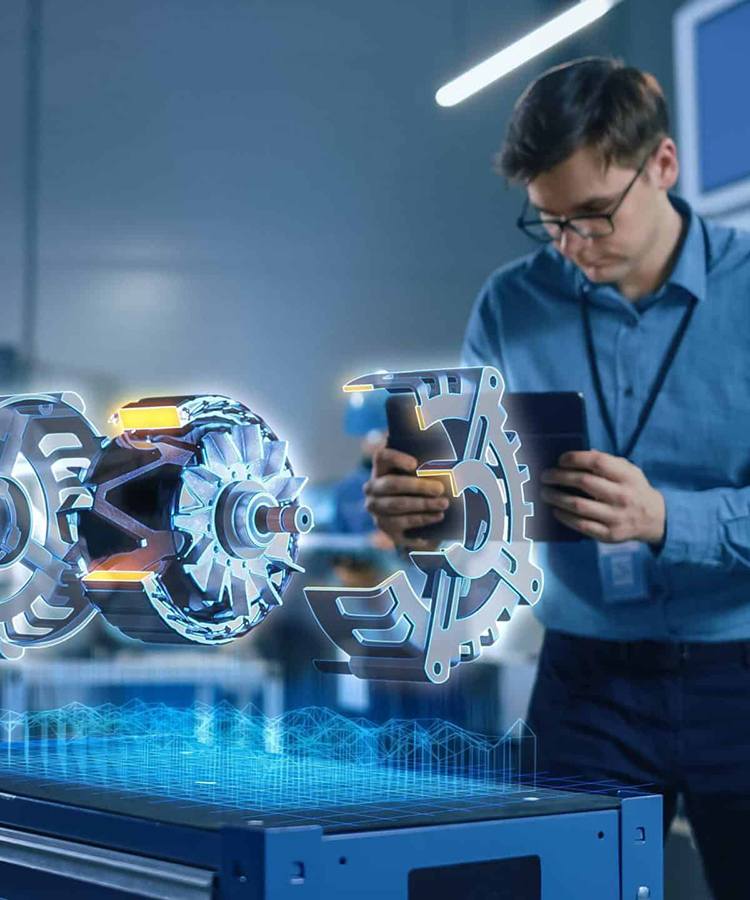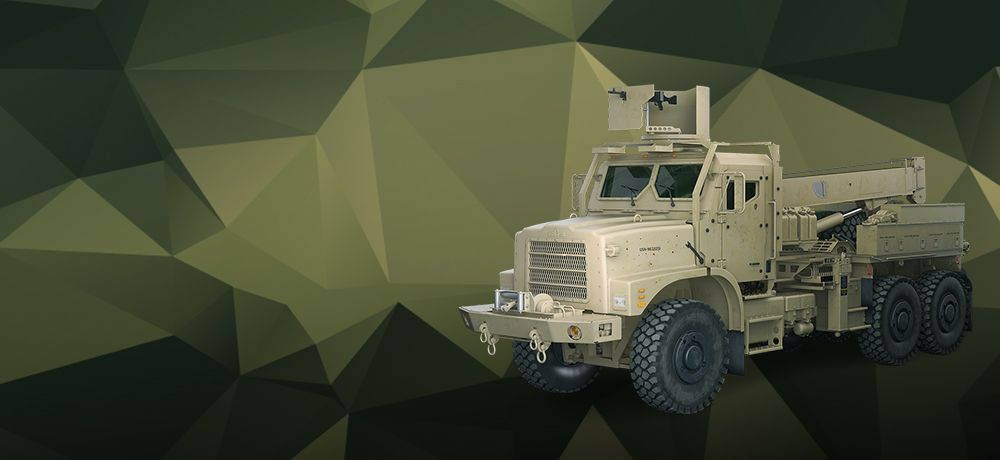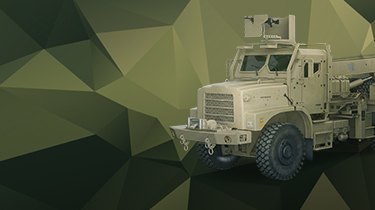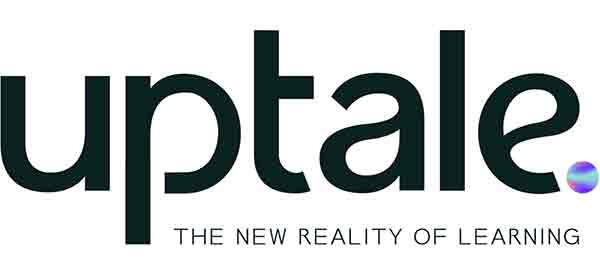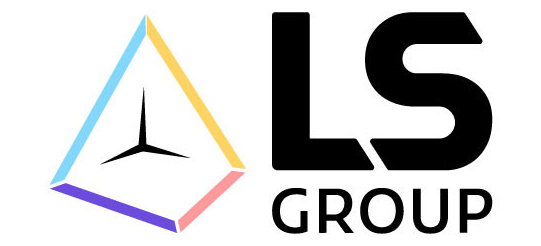Augmented reality for training purposes proves highly effective for various learner types due to its interactive, engaging, and versatile nature. Different learning styles benefit significantly from AR's immersive approach, which accommodates visual, auditory, kinesthetic, and read/write learners. Understanding how AR training caters to each type helps illustrate its effectiveness across diverse training environments.
Visual learners, who absorb information best through images, graphics, and spatial understanding, find AR training particularly beneficial. AR technology overlays digital information onto the physical world, creating vivid, interactive visual experiences. Complex concepts become easier to grasp when learners can see detailed 3D models and animations. By providing a visual context, AR helps these learners understand and retain information more effectively.
Auditory learners, who learn best through listening, also benefit from AR training. Integrating audio elements such as explanations, instructions, and feedback into AR experiences enhances the learning process for these individuals. Narrated walkthroughs and interactive voice commands enable auditory learners to follow along and comprehend the material better. Combining visual and auditory elements ensures a holistic learning experience.
Kinesthetic learners, who prefer hands-on activities and learning by doing, thrive in AR training environments. AR enables them to interact physically with digital elements, providing an immersive, practical learning experience. By manipulating virtual objects and engaging in simulated scenarios, kinesthetic learners gain a deeper understanding of the subject matter. This approach reinforces learning through physical interaction and experimentation.
Read/write learners, who favor reading and writing as their primary learning methods, can also benefit from AR training. AR modules can incorporate text-based instructions, annotations, and interactive documentation to support these learners. Providing written explanations alongside visual and auditory elements ensures that read/write learners receive the necessary information in their preferred format. This multi-modal approach caters to their unique learning preferences.
- Increased engagement. AR training captures learners' attention with interactive, immersive content, making the training process more enjoyable and effective.
- Enhanced retention. The interactive nature of AR helps learners retain information better by allowing them to practice and apply their knowledge in realistic scenarios.
- Improved safety. AR enables the simulation of dangerous or complex environments, allowing trainees to learn and practice without exposure to real-world risks.
- Personalization. AR training can be customized to meet the specific needs and preferences of individual learners, enhancing their learning experience.
One of the most significant advantages of AR training is its ability to provide real-time feedback. Learners receive immediate responses to their actions, allowing them to correct mistakes and reinforce correct behaviors instantly. This continuous feedback loop accelerates the learning process and ensures a deeper understanding of the material. The adaptability of AR training ensures that it remains relevant and effective for various learning styles.
As technology advances, AR modules can be updated and expanded to incorporate new techniques and best practices. This dynamic nature allows AR training to evolve alongside educational and industry standards. Furthermore, AR training supports collaborative learning. Trainees can work together in virtual environments, practicing communication and teamwork skills essential for their roles. This collaborative aspect of AR training helps build strong, cohesive teams that perform effectively in real-world situations.
In summary, AR training is highly effective for all learner types due to its versatile, engaging, and adaptive nature. By catering to visual, auditory, kinesthetic, and read/write learners, AR ensures a comprehensive and inclusive learning experience. The combination of immersive content, real-time feedback, and personalized learning paths makes AR an invaluable tool for modern training programs.
For businesses looking to enhance their training programs with advanced technology, partnering with software product development companies specializing in AR solutions ensures high-quality, tailored training modules. Discover the advantages of AR training for your organization by reaching out to us. Experience how AR can transform your training processes, boosting efficiency and engagement across all levels.




